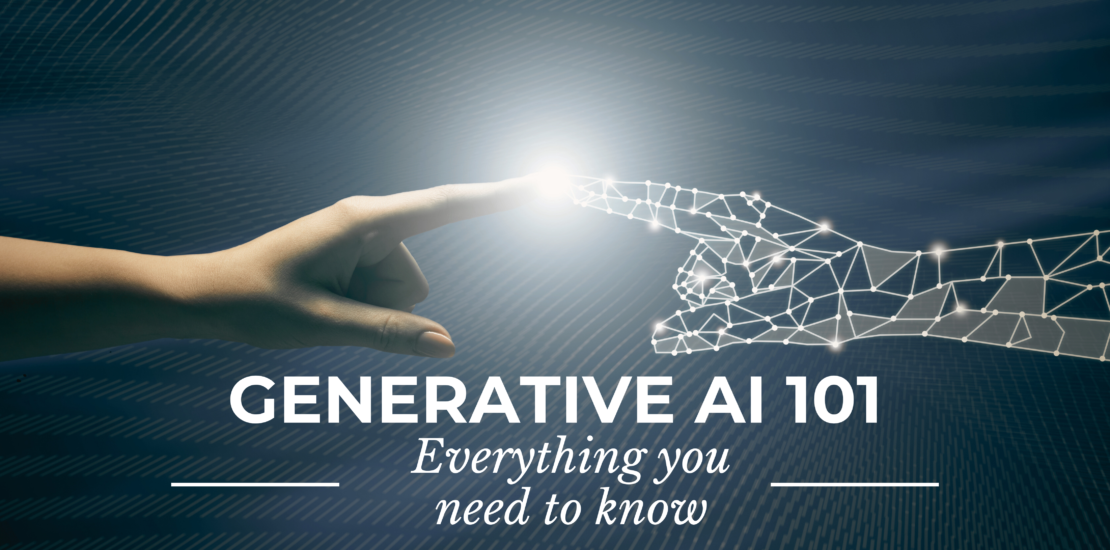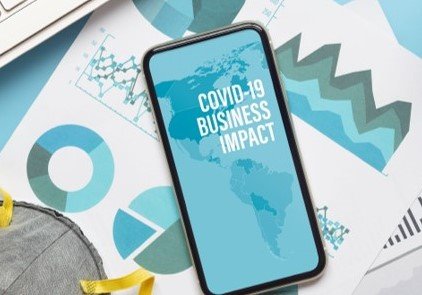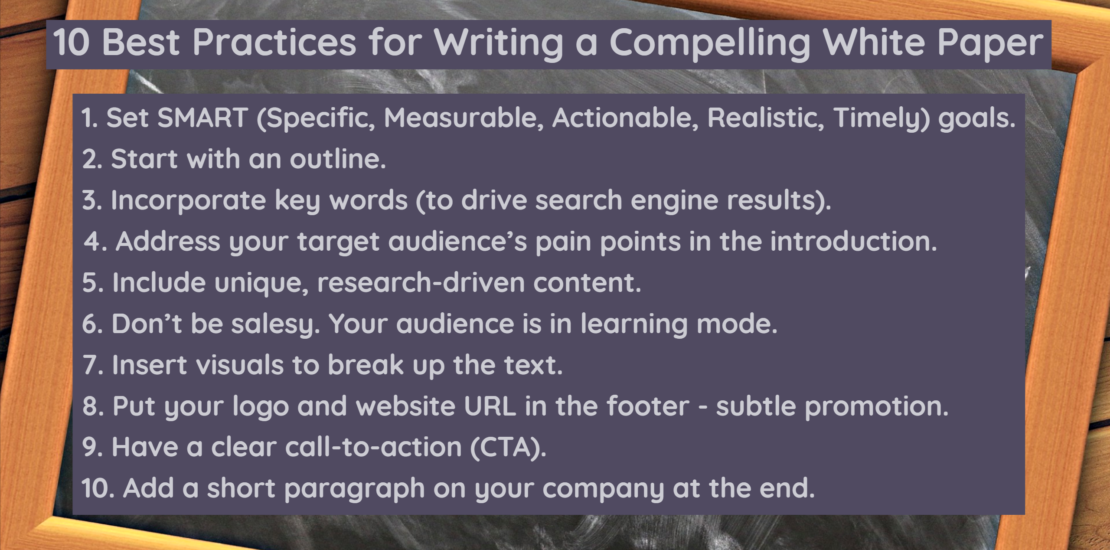content marketing
-
Generative AI 101: What Every B2B Marketer Needs to Know
- March 12, 2024
- Posted by: Stacey Wisniewski
- Categories: Blog, Marketing Strategy
No Comments
-
The 5 C’s of Brand Trust – The Key to Building Lasting Customer Relationships
- January 20, 2021
- Posted by: Stacey Wisniewski
- Category: Marketing Strategy

-
Brand Trust – The Key to B2B Success Post-COVID
- January 20, 2021
- Posted by: Stacey Wisniewski
- Category: Marketing Strategy

-
How COVID Has Impacted Marketing in 2020
- September 29, 2020
- Posted by: Stacey Wisniewski
- Category: Marketing Strategy

-
How to Write a Compelling White Paper that People Want to Read
- September 3, 2019
- Posted by: Stacey Wisniewski
- Category: Marketing Strategy

-
SEO Strategy: The Four Pillars
- February 25, 2019
- Posted by: Stacey Wisniewski
- Categories: Consultant, Marketing Strategy
-
Why your B2B business needs a content marketing plan?
- January 26, 2019
- Posted by: Stacey Wisniewski
- Category: Marketing Strategy